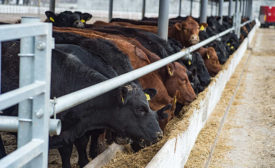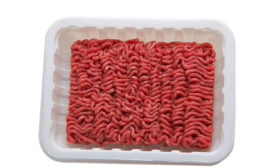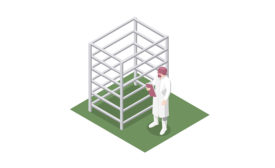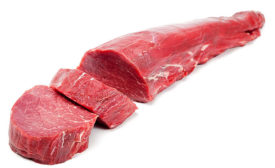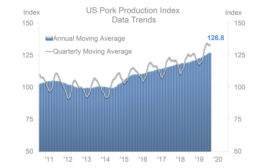Expert Commentary
Tech | Processing
Tailor-made inventions for food safety
A multi-hurdle approach to pre-harvest interventions can be uniquely designed to meet each operation’s needs.
Read More
Get our new eMagazine delivered to your inbox every month.
Stay in the know with The National Provisioner's comprehensive coverage of the meat and poultry processing industry.
SUBSCRIBE TODAY!Copyright ©2024. All Rights Reserved BNP Media.
Design, CMS, Hosting & Web Development :: ePublishing

